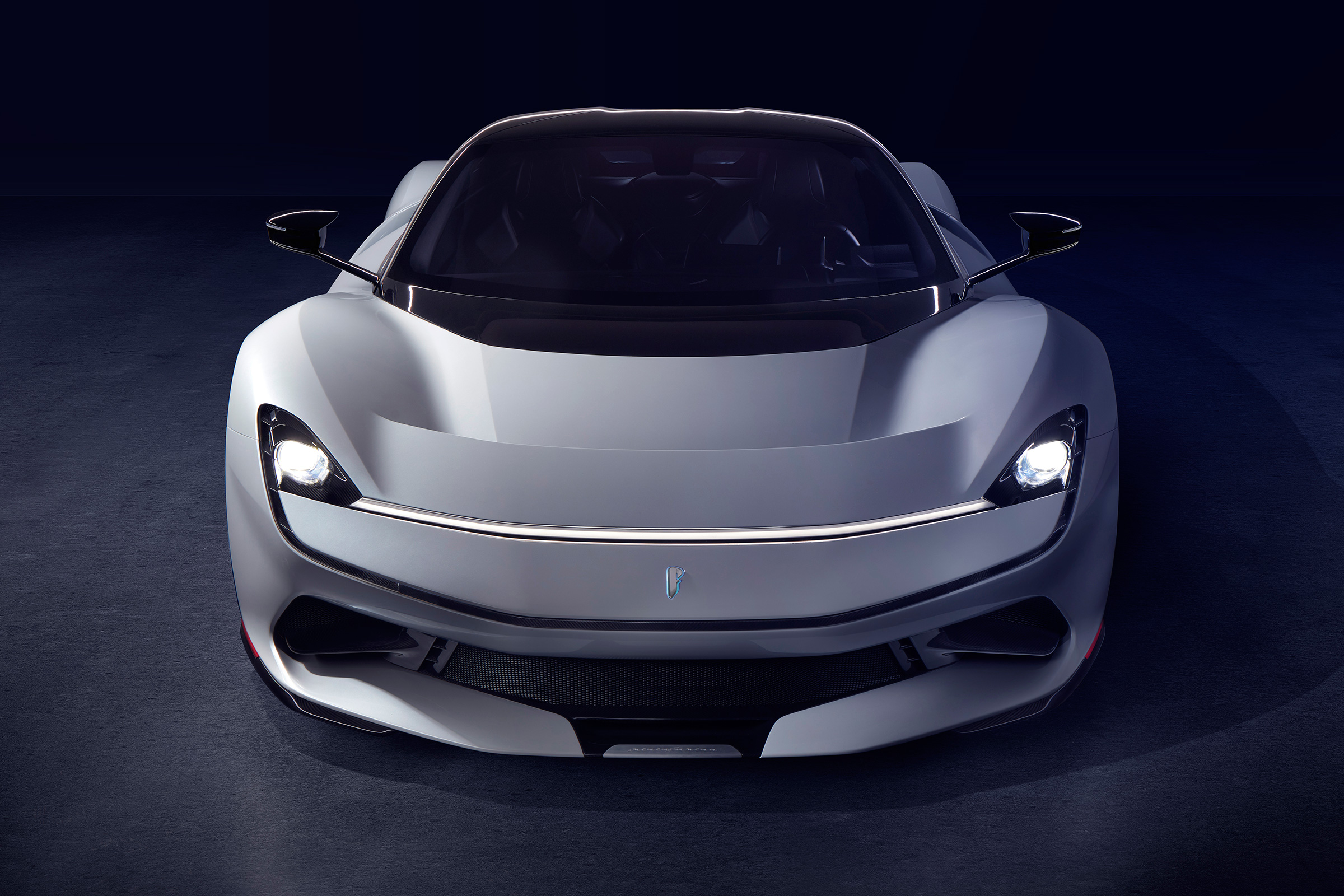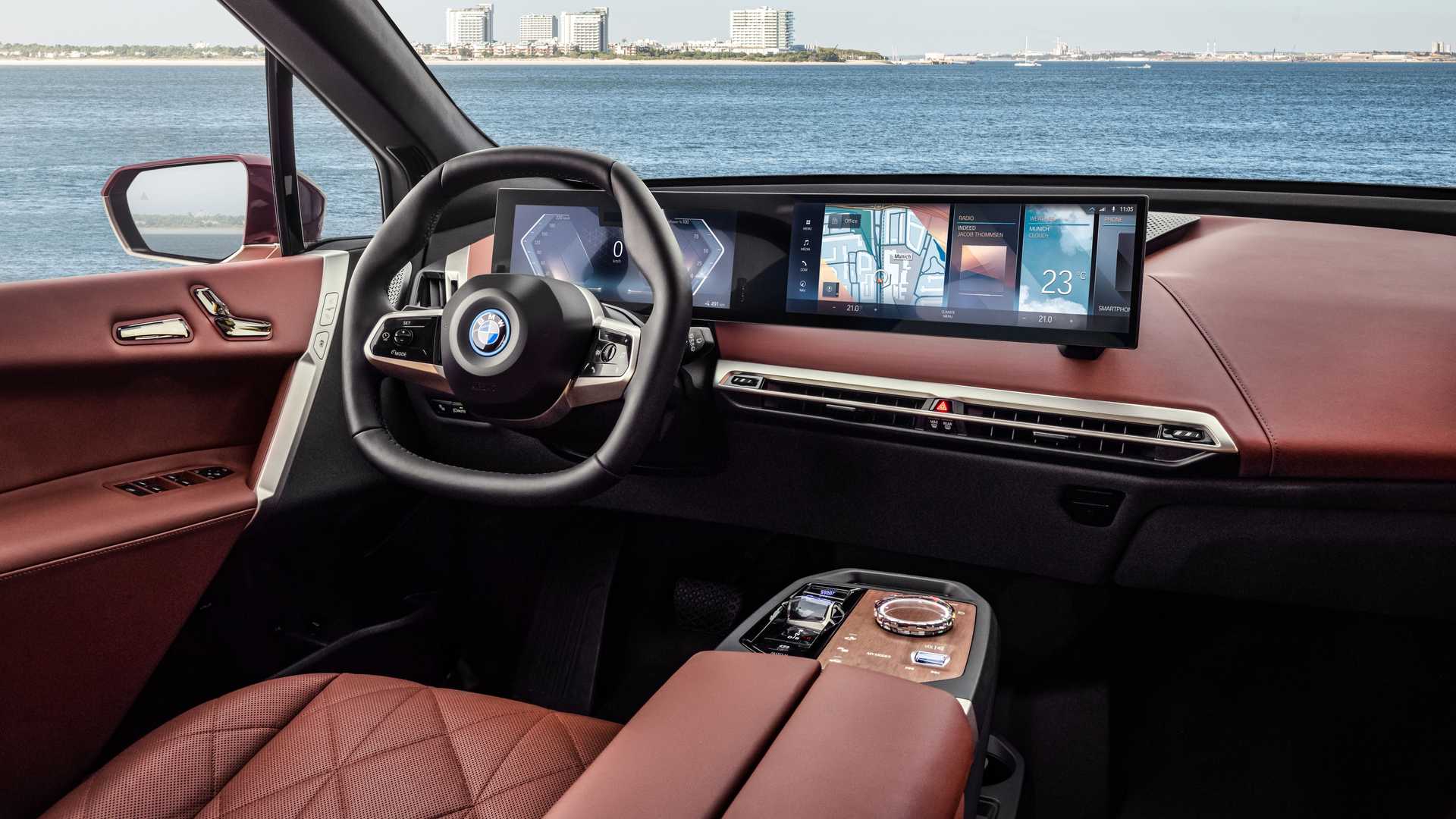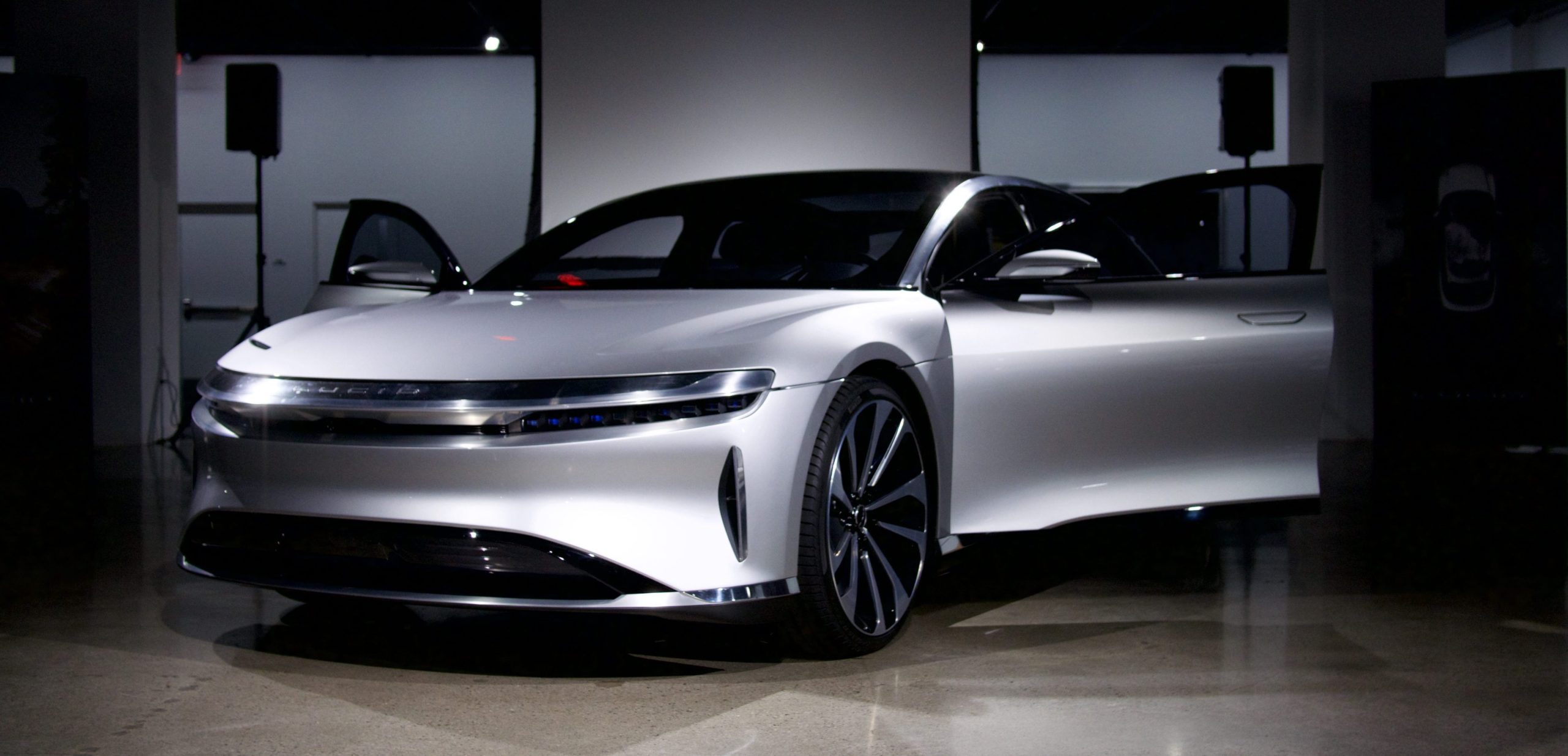Table of Content
- Is it Cheaper to Charge Tesla at Home or on Tesla’s Supercharging Network?
- Can I Change My Tesla Tires Anywhere?
- Cost to Charge a Tesla
- Installation Process and Cost
- Can I Rotate My Own Tires on a Tesla?
- Conclusion: To Save Money, Charge at Home
- How Much Time Does Each Tesla Type Require To Charge To Full?
- Cheapest New Tesla Model Y Available In These Countries
Keep in mind that if you live in an area with a lot of snow or ice, you may need to purchase winter tires separately, which will add to the overall cost. An Alfa Romeo concept coming next year will hold the clue to its electric car... Kia Australia's most expensive model is the Tesla Model Y Performance-rivalling...

Tesla doesn’t offer this service at their service centers, so you’ll need to go to a third-party provider. If you’re the owner of a Tesla, you may be wondering about the cost of roadside assistance. After all, when your car needs help, you want to know that you can count on Tesla to be there for you. Tesla’s roadside assistance program is one of the best in the business. First, they are made with a special rubber compound that is designed to minimize rolling resistance. This means that the tires last longer and use less energy, which translates into savings for Tesla owners.
Is it Cheaper to Charge Tesla at Home or on Tesla’s Supercharging Network?
Tesla has already installed this technology in order to allow their customers to charge their cars at the lowest possible price. Charge efficiency is about how much energy your battery packs store up after taking the input of amps, volts and other factors like temperature. That’s why Tesla cars require low amp rates if they’re going to maintain optimal performance levels. Electric car efficiency is a measure of how many miles an EV can travel on a given capacity of the battery in kilowatt-hours of electricity. Tesla’s Tesla S energy consumption was 21.75 kWh per mile, or about 112 MPG equivalent when doing 100 miles. More and more people want to buy a Tesla and charge the electric car at home.

The Tesla Model 3 is fitted with an 11 kW on-board charger for Type 2 AC charging as standard, in addition to rapid DC capability. This means that even when connected to a fast charger with a rated output above 11 kW, the Tesla Model 3 will only be able to charge at 11 kW. The following table shows approximate time to charge an Tesla Model 3 Standard Range Plus.
Can I Change My Tesla Tires Anywhere?
Each one costs an average amount according to battery size, weight, features, and aerodynamics. Charging at home allows you to take full advantage of low, overnight utility pricing by utilizing the 'Scheduled Departure' feature in your vehicle. Make a one-time investment in a Wall Connector to lock in energy savings for years to come. Some chargers are faster than others, so it is important to find the one that will work the quickest for you. One of the great advantages to owning a Tesla is the large Supercharger network available to owners who travel long distances.
Public Tesla charging stations are often available on the street, in shopping centers, or government facilities. Generally, public charging stations are free and use multiple connectors to facilitate interoperability. Charging stations are available for both types of cars, although some are specialized for specific types of electric vehicles. A wallbox provides the DC that an onboard charging device needs to charge the battery pack.
Cost to Charge a Tesla
If you live in a state like California where electricity costs are high, this could make a big difference and allow any upfront solar costs to pay for itself relatively quickly. There are some people out there that say that charging your vehicle to only 80% can save you money in the long run. From all my research there is nothing really to support the idea that you save money by only charging your vehicle to 80%. So overall, you are still consuming the same amount of electricity. Not only does using electricity during these times allow you to save a little bit of cash on charging but it is also better for the environment.

Whereas, electricity which is being made more and more by the Sun and wind every year is going to get cheaper. Anyone who bought a Model S or Model X before 2 November 2018 enjoys free and unlimited access to the Supercharger network. Cars bought after this date are subject to an annual allowance of 400kWh before paying to use the network. Use a jack to lift up the front of the car so that the front wheels are off the ground. Remove the front right tire and replace it with the rear left tire .
A 120v adapter comes included with every Tesla, allowing the EV to be charged from home. However, using a standard household outlet to charge your Tesla means it will most likely need to stay plugged in overnight to receive a full charge. Fast-charging Tesla Supercharger stations are also available, but only in commercial settings. With these, owners can get a charge in minutes, but without the convenience of it being at home. Although some EV charge points are free to use, the majority of fast and rapid chargers require payment. Charging tariffs tend to comprise a flat connection fee, a cost per charging time and/or a cost per energy consumed .

That’s because some entities like Tesla and third-party charging stations are required to charge by time , while utilities charge by kWh in some regions. If you want to charge your Tesla vehicle on a third-party public charging station, a CHAdeMO to Teslaor CCS 1 to Tesla adapter will be needed while the charging rate will be much slower than on a Tesla Supercharger. A handful of EV producers and third-party companies provide quicker-charging 240-volt systems. Residential Level 2 battery chargers are typically set up by an electrical contractor and need a dedicated 40-amp circuit.
As a cost-effective Tesla vehicle, the Tesla Model 3 has some features that attract many people. EVs are provided with a range of battery sizes; the capability of an EV’s battery (determined in kilowatt-hours) will tell you how rapidly it charges. For instance, the Tesla Model S and Model X are readily available with a high-capacity 100-kWh battery, while the base-model Hyundai Kona’s battery is 39.2 kWh. The most basic type of EV charging, Level 1 battery chargers have a basic, three-prong home plug on one end and a port on the other end that plugs into the car. Electricity pricing is often tiered, meaning that customers will be charged different rates depending on how much power they consume. This is the case with Tesla’s charging, where lower rates are applied for the first 1% of the energy used, and then a higher rate is applied for any additional consumption.

Since the Tesla model 3 plug interface is limited by space, it can only supply a limited amount of power to the battery pack. That is not even including things like oil changes and other maintenance that has to be done on gasoline-fueled cars that electric cars don’t have to have. Yes, you might have to spend a bit more money on an at-home charging station with charging cables but with the difference in monthly price, gasoline car usage prices will quickly surpass that. You are looking at savings of at least $25 dollars a month just by having an electric car versus a gasoline-fueled car. You might not think that charging your car at a certain point during the day is of real importance, but there are actually certain times during the day that would be better to charge your car than others. If you charge your car during periods of the day that aren’t peak periods for electrical consumption, it can help avoid your electric grid from overloading.


No comments:
Post a Comment